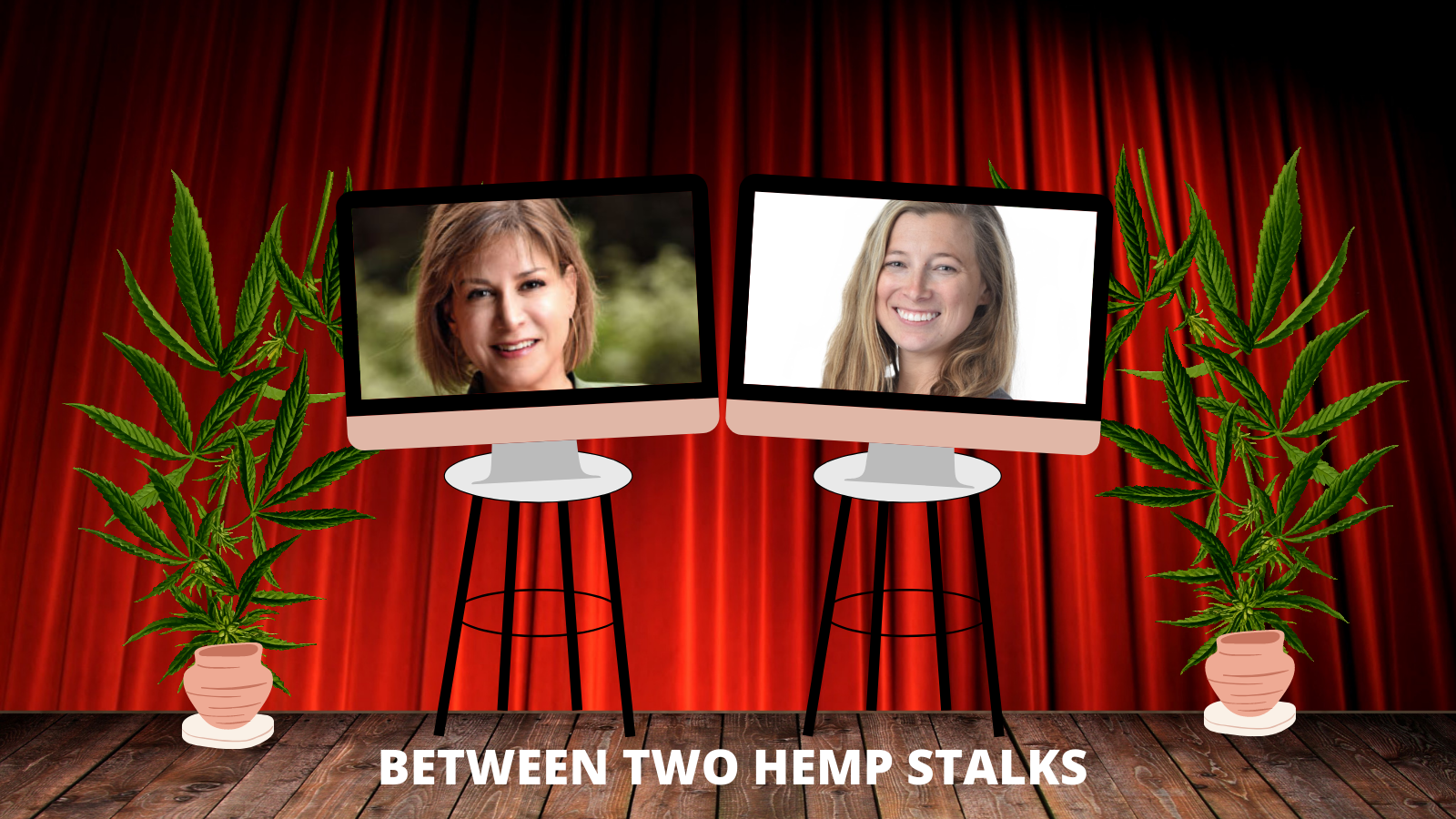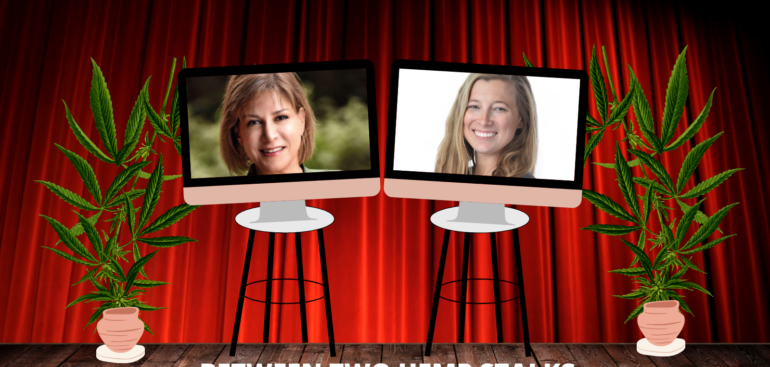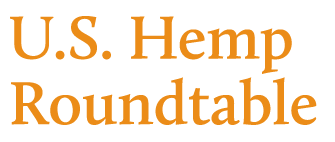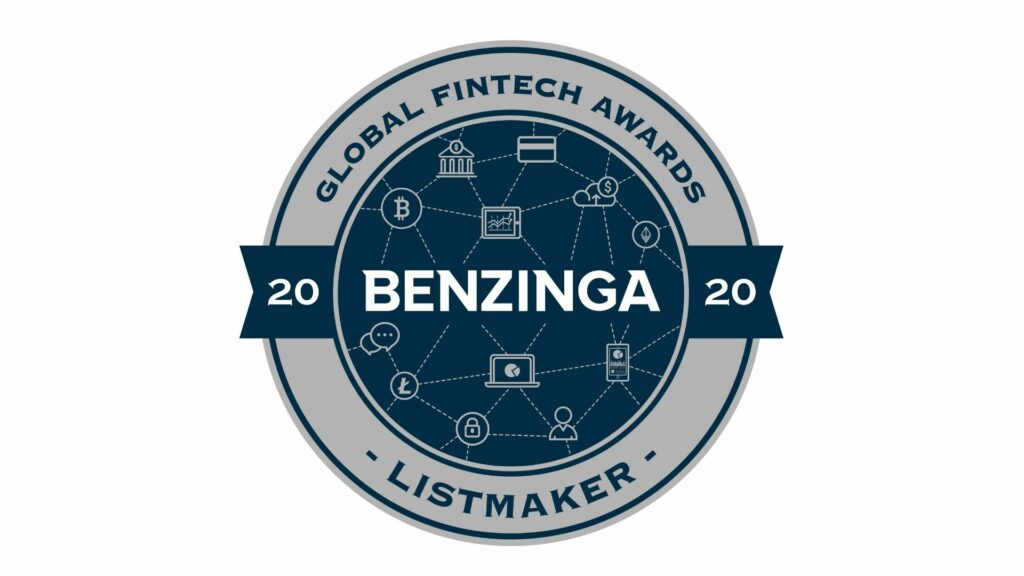Latest
Between Two Hemp Stalks: Annie Rouse & the Issue of 1% THC in Hemp

PanXchange Blog
The following is a transcript of a conversation between PanXchange’s CEO, Julie Lerner, and Annie Rouse, Co-founder of OP Innovates, Overcome, Hemp Mellow, and Anavii Market, on Lerner’s latest edition of “Between Two Hemp Stalks.”
Lerner: Thank you for joining us! Do you mind introducing yourself to those who may not know you and what you do for work?
Rouse: My name is Annie Rouse, and I’m a 12-year hemp veteran. I’ve worked across the grain, fiber, and cannabinoid sectors with a background in research, standards, policy, and commercialization. My current focus is building a sustainable hemp supply chain for cannabinoid therapy with my formulation and manufacturing entity, OP Innovates.
Lerner: Your recent podcast went into depth on the issue of 1% THC in hemp. What are some of the key takeaways for our readers?
Rouse: Yes, so there are a few things to keep in mind regarding 1% THC in hemp. First, we just legalized at 0.3% THC and have a lot of additional work ahead of us to legitimize this industry which is going to take serious time and resources. Using this time and resources on a 1% battle is a bit of a waste of time, especially when you consider the oversupply problem that is currently facing the market.
We have a surplus because the manner in which we grow cannabinoids is significantly different than the EU. Our plants are much more concentrated in cannabinoids, so the concentrations are much higher when we extract the cannabinoids. A traditional EU extract dual harvested for fiber and its flowering tops, where cannabinoids are located, will reach about 20% cannabinoids, whereas US extracts hover between 60%-80% in crude or distillate. Increasing to 1% would increase the amount of cannabinoids in the floral material, meaning we need less and less raw material, which doesn’t help expand farm production. It also compresses the ratio of CBD to THC in the extract, which at the formulation level makes it difficult to formulate back under 0.3% THC for a finished product.
Additionally, we have another factor involved which is the growth in the grain sector which will pollinate any cannabinoid field. A big concern of mine is that by the time we win a battle for 1%, the grain sector will have exploded with the rise in plant proteins, and the growth in grain fields will cause pollination that will push the cannabinoid content lower in these plants. This means the cannabinoid market would have spent years and millions of dollars on a market that doesn’t truly help the farmer.
Suppose we are going to spend this kind of money. In that case, it should be on items that actually help farmers grow their market as opposed to shrinking their market – like animal feed research and cannabinoid toxicology research. Hence, the FDA feels comfortable approving these products. The only true benefit 1% provides is the ability to have more expansive genetic research programs for cross-breeding programs, and of course, preventing a farmer from legal trouble if the field goes hot, but the USDA has already established protective guidelines for the latter.
Lerner: We understand 0.3% THC is arbitrary, but we were curious if you have come across any scientific findings on specific THC numbers or if the 1% THC is also arbitrary?
Rouse: 1% is also arbitrary. There is a thought that a long time ago, hemp hovered around 1% THC, but there is no real data to prove that number because when hemp grew prior to 1937, we had no way of legitimately testing the cannabinoids in the plant. In reality, hemp is cannabis, and cannabis is hemp. It’s just a legal definition that separates it. While right now that legal definition may mean jail in some states, when cannabis is decriminalized federally, it will mean a different tax structure.
Lerner: Do you know or have you heard of what type of products could be developed and created with a 1% THC threshold for hemp?
Rouse: You could develop the same products that are on the shelves today, but you’d have a hard time formulating products below the legal limit of 0.3% THC without spiking them with isolate because you have a smaller ratio of CBD to THC. Without spiking the product with isolate, you’d end up having lower concentration products to meet the 0.3% threshold, which is not helpful. The craft flower market would also get very complicated because you could absolutely intoxicate someone with a 1% joint. You have to keep in mind that 1% equates to 10mg/g, so a 1g joint would have 10mg of THC in it. That’s a legal cannabis dose of edibles in Colorado, and those are highly regulated and taxed products. They aren’t sold in a Mom and Pop Shop or Smoke Shop; they are regulated, sold, and taxed like alcohol, and for a good reason — consumer safety.
Lerner: We loved hearing your proposed idea regarding a trial program such as the 2014 Farm Bill. Can you explain what that would mean for those who may not know?
Rouse: Essentially, the 2014 Farm Bill set up a research program for hemp, and if you wanted to participate in the program, you applied through your State Department of Agriculture and received a permit. They monitored your growth, tested your crops, and requested production reports. My idea for a 1% program would be to open a research program for genetic research only. You’d apply for a specific license, and those who wanted to and had the ability to participate would use this license to conduct genetic research. This license would allow for better cross breeding programs and create more genetic variability, which is essential for biodiversity and maintaining healthy plants.
Lerner: How can we at PanXchange work with you all to move the needle?
Rouse: I think transparency in factual information is essential right now, and that’s true for the industry but also what we as an industry tell the world about these products. It is our responsibility to reintroduce this crop to humanity, and if we don’t do it properly, it won’t have the positive impact we all know it can create. A big piece of this is that we tend to make emotional decisions without truly investigating the facts and what a change like this might mean in the long run. We should be cautious as we move forward, so we make the right decisions and spend the limited resources we have on projects that propel the industry forward. The more PanXchange can distribute the facts, the more we can learn and make the right decisions to progress the industry.
Lerner: Thank you so much for your time. Where can our readers go if they want to reach you for more information and/or listen to the full interview?
Rouse: You can find the full interview on https://capiche.fm/hemp – our Think Hempy Thoughts radio show. It’s episode 13. We have lots of topics you can find on there where we interview others or just talk between the hosts. If you have a topic you’d like us to discuss, you can tweet @hempythoughts. You can also find additional general information by visiting thinkhempythoughts.com.







